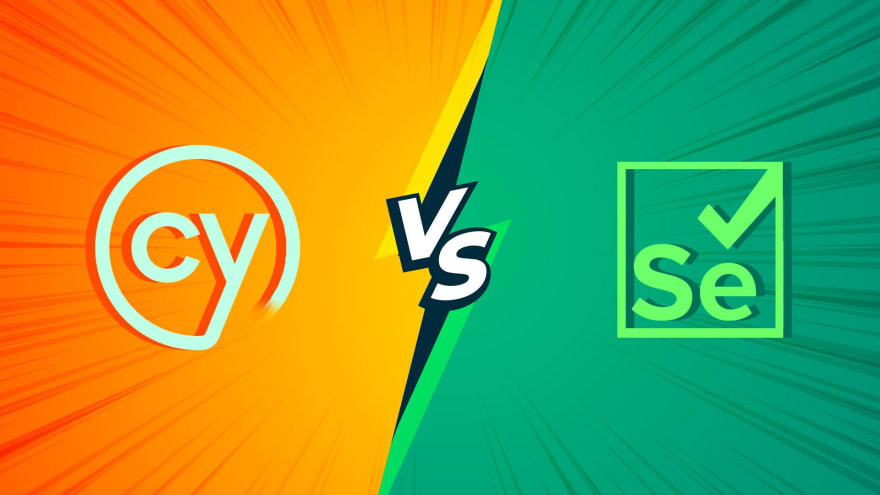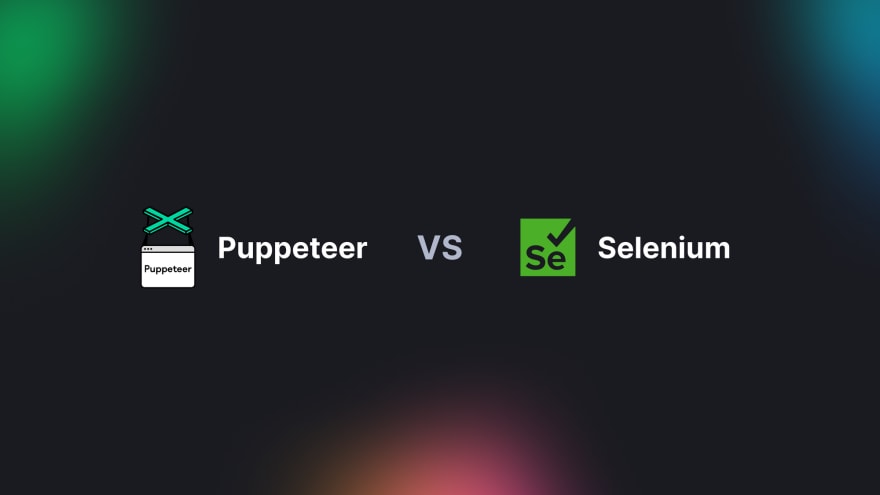We explore the advantages and disadvantages of Cypress and Selenium to help you decide which one to choose for your web testing and browser automation needs. But heres the kicker: you might not even have to make that choice.
Cypress and Selenium are two of the most popular tools for automated testing. In this article, we'll explore their features and differences so you can decide which one is best for your project.
What are the key differences between Cypress and Selenium?
Cypress and Selenium differ in terms of architecture , scripting languages , and test execution process.
Architecture
Cypress is a JavaScript-based web application testing framework that runs in the browser, while Selenium is a browser automation tool that operates through a browser driver. Cypress has a unique architecture that allows developers to write tests directly in the browser, making it faster and more efficient than Selenium.
Scripting languages
Cypress uses JavaScript and TypeScript, while Selenium supports multiple programming languages such as Java, Python, C#, and Ruby.
Test execution process
Cypress can modify everything coming in and out of the browser. That allows you to test your application like no other testing tool. It provides native access to things like the window object, document, DOM elements, and service workers.
Selenium, on the other hand, sends commands to the browser driver, which communicates with the browser to execute tests. This additional layer can make it slower and harder to debug.
What are the advantages and disadvantages of Cypress and Selenium?
Advantages of Cypress
Cypress is easy to set up and use, with a simple API.
It provides faster feedback with its real-time reloading feature that allows you to see the results of your test immediately.
Cypress has built-in assertions and automatic waiting , which makes it easier to write stable and reliable tests.
Cypress also has a network stubbing and mocking feature , which allows developers to simulate different network conditions during testing.
Disadvantages of Cypress
Cypress is a comparatively new testing framework (released in September 2017), so it has fewer community resources and plugins than Selenium.
It only supports JavaScript and TypeScript , so developers who prefer other programming languages may find it limiting.
Although the API is simple, it can be a bit counterintuitive because of how tests are constructed. While Selenium is imperative (meaning you tell the browser exactly what to do), Cypress is declarative (meaning you describe your actions on the page and assert the conditions to be met).
Find out how Selenium compares with Puppeteer for browser automation
Advantages of Selenium
Selenium has been around since 2004, so it has a large and active community with a vast number of resources, tutorials, and plugins.
It supports multiple programming languages , making it more flexible for developers with different language preferences.
Selenium can control multiple browsers and operating systems , making it more versatile than Cypress.
Disadvantages of Selenium
Selenium has a steeper learning curve than Cypress, with more complex API and scripting languages.
It can be slower and harder to debug than Cypress due to its use of browser drivers.
Lets make the pros and cons a little plainer, shall we? Here's a table to help you compare them.
| Cypress | Selenium | |
|---|---|---|
| Main purpose | Web application testing | Browser automation |
| Cost | Free and open source but with paid options | Free and open source but with paid options |
| Setup and installation | 🏅 Easier than Selenium | Harder than Cypress |
| Languages | JavaScript and TypeScript | 🏅 Java, Python, Ruby, C#, JavaScript, TypeScript |
| Browsers | Most major browsers, but only experimental support for WebKit (Safari) | 🏅 All major browsers |
| Performance | 🏅 Faster than Selenium | Slower than Cypress |
| Reporting | mocha reporters, Cypress Dashboard, can integrate with Allure | Can integrate with Allure and Extent |
| QA testing and Dev testing | 🏅 QA and Dev testing friendly | More QA testing friendly |
Choosing the right web testing framework for your project
When it comes to choosing the right web testing framework for your project, several factors come into play, including your project requirements , team expertise , and budget.
Project requirements and team expertise
If you're developing a JavaScript-based web application, Cypress might be a better choice, as it integrates seamlessly with the rest of your development stack. However, if you're working with a team that has experience in a different programming language, Selenium might be a more flexible option.
Budget
Both Cypress and Selenium are open-source frameworks with no licensing costs (though Cypress Cloud offers a variety of billing plans for when you want to record your test runs in CI). But you need to factor in the cost of maintaining and scaling your testing infrastructure. Cypress offers built-in features that can reduce the need for third-party tools, which can make it more cost-effective in the long run. However, if you need to run your tests on a variety of browsers and operating systems, Selenium might be a more cost-effective option.
Learn how to use Playwright for E2E testing
The verdict: combine Cypress and Selenium
Cypress and Selenium have their strengths and weaknesses, but using them together provides a more comprehensive testing strategy. You can use Cypress to write fast and reliable tests that focus on the core functionality of your web application. These tests can serve as a baseline for cross-browser testing with Selenium to test your application on a variety of browsers and operating systems. You can also use Selenium for exploratory testing, where you manually interact with your web application on different browsers and operating systems. This can help you identify issues that may not be caught by automated tests.
When migrating from one framework to the other, consider the complexity of your test suite and the resources required to rewrite your tests. When combining both frameworks, focus on their unique strengths and integrate them with your CI/CD tools to automate your testing and deployment processes.






Top comments (0)